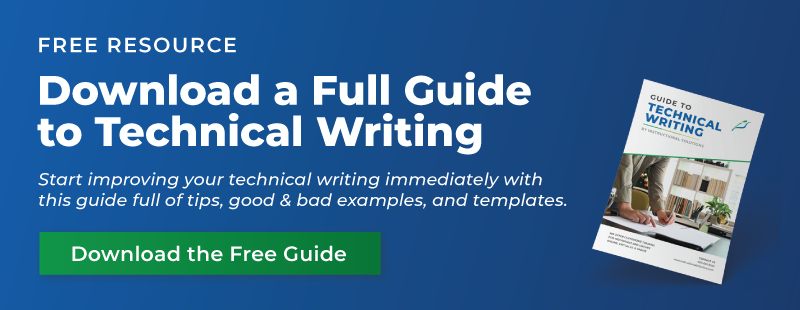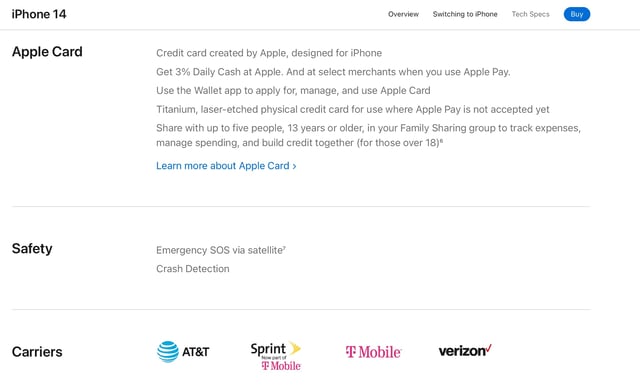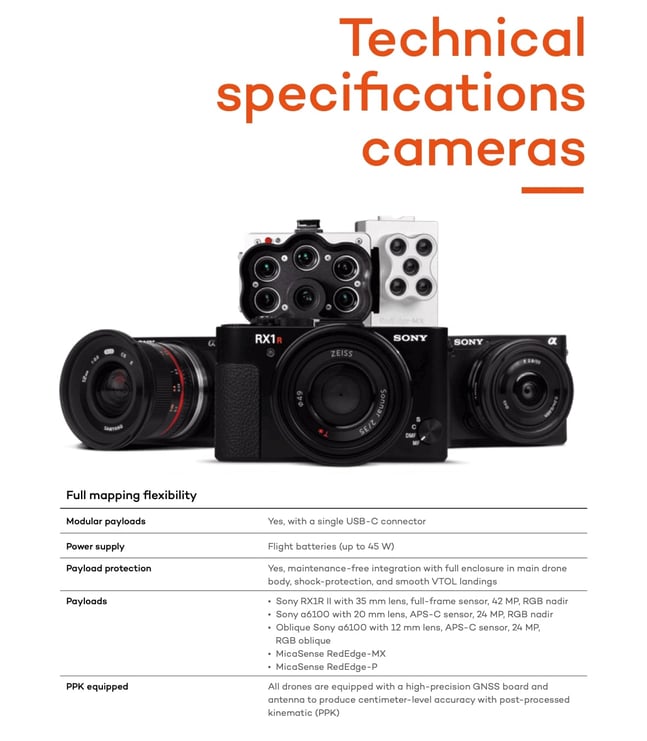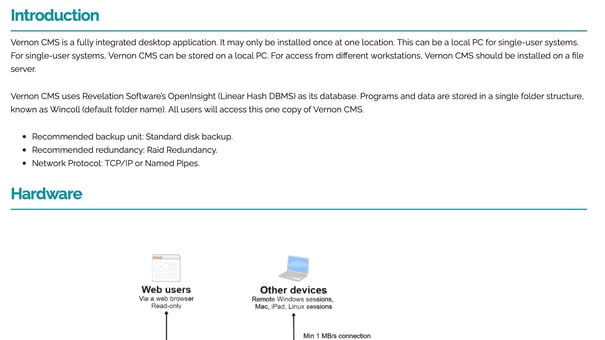Specifications documents are comprehensive documents that should contain all the necessary information to enable developers, designers, and other stakeholders to complete a project successfully. The document should include detailed instructions on how to build the product or service, as well as any guidance needed for a successful launch.
This is your "how to" guide for writing a technical specification document. The document is intended to help engineers, project leads, and technical gurus.
With technical specifications (tech spec), you map out technical requirements for a project, product, or system, and the related goals. The end goal is to avoid major mishaps or costly mistakes during the actual implementation phase. Follow the steps below and use templates to create a meaningful document.
Hint: Adhere to a proven six-step writing process (i.e., analyze your target audience, generate your content, etc.) before ever writing your actual draft. Check out this article to start off strong.
What is a technical specification document?
Specifications documents are comprehensive documents that should contain all the necessary information to enable developers, designers, and other stakeholders to complete a project successfully. The document should include detailed instructions on how to build the product or service, as well as any guidance needed for a successful launch. This could include a cost analysis, a list of requirements, technical specs or technical standards, software requirements, internal standards, and more.
Depending on the project you’re creating a technical specification for, there may be specific regulations or requirements you must adhere to. Make sure you familiarize yourself with these before beginning work on your specifications document.
Steps to writing a technical specifications document
1. Create your title and Table of Contents
Here’s the checklist for creating a standard technical specifications title page and table of contents:
- Title of the document
- Author or groups of authors
- Stakeholders
- Table of contents
- Creation date and subsequent updates
For this last item, it is common to include a formal naming convention to denote the versions. For example, v3_08152022.
Learn to write any technical document effectively
Get instructor feedback on a technical specifications document you write in our online self-paced course.
View Course & Outline
2. Set the stage
Before diving deep into the technical specifications of the project, product, or system (e.g., software development project), you need to set the stage. After your title page and ToC, address the problem you're solving, key terms, and background.
Follow with the goals, scope, and assumptions.
- Summary/Problem: Summarize the problem that needs to be solved. Explain the context. Introduce the single solution that has been decided upon and the stakeholders. You don’t need to get down to the nitty-gritty just yet. This section is a high-level overview.
- Key terms: Define the terms and technical concepts that will be addressed in the document. You want to explain front and center acronyms, lingo, tech terms, and internal system names. This is a glossary that is established in the beginning so your reader can easily navigate complex technical specifications (especially if they are new to the concepts).
- Background: Give a brief history of the issue. Provide a summary of any research conducted. Share the reason for writing this document in the first place.
- Goal/Purpose: Start to paint a picture of where you aim to land in this scenario. Include technical and product requirements along with real-life use cases.
- Scope: It is just as important to identify what is “in scope” versus out of scope for your technical requirements.
- Assumptions: This is where you establish assumptions along with caveats. Put forth the first steps to take versus the future ones.
Related: How to Become a Technical Writer: A Beginner’s Guide
2. Deep-dive into the solution
You're now ready to get into the technical aspects of the solution and its design. Break it down into easy-to-follow piece parts as follows:
- Description of the environment
- Explanation of the current solution
- Summary of its pros and cons
- Description of the proposed solution
- Explanation of the impact
- Summary of its pros and cons
- Outline of dependencies
- Show data model
- Checks for data validation
- Structured framework (schema)
- Show new or modified data models
- Business rules and workflows
- Access
- Stability
- Restrictions
- Impact on the end user
- Description of UI/UX
- Handling of errors or outages
- Knowledge transfer
- Mobility
Related: What Computer Science Teams Should Know About Technical Writing
3. Add illustrations or visuals
Even when talking with peers, technical concepts may get lost in translation. These are some effective visual ways to present the complexities that may come up inside your technical specifications doc:
- Wireframe: This is a blueprint. It helps to show the structure of your solution. Figma is a free tool to guide the building of a wireframe.
- Flowchart: A visual in graphic form. It provides your audience with a visual point of reference. Get some help with Lucidchart.
- Data model: This depicts an organization’s 1) data elements and 2) connections between these. Here, team members can work together to decide how data should be stored, communicated, and modified. A data model aids in the alignment of technical and business resources. This piece highlights the latest and greatest tools to build a data model.
Related: How to Present Graphics and Data in Technical Writing
4. Include additional considerations
Make sure to sync the following in your technical specifications:
- Accessibility features
- Limits of the solution
- Scalability of the solution in the short and long term
- Proof of concept
- ROI
- Assess in-house v 3rd Party solution
- Impact on other departments
- Any legal notes
- Analysis of costs and benefits
- QA
- Potential future issues with security
- Data privacy
- Performance metrics
- Recovery plan or mitigation plans
- “Next steps” for modifications in the future
You can include these anywhere in the document that makes sense as you compile it.
5. Include a timeline and milestones to launch
Give a timeline with dates and milestones to share when key accomplishments are expected to be hit. Include resources needed to complete the work.
Here's an abbreviated example of what milestones might look like:
- API integration complete: March 15th
- QA complete: March 30th
Update your timeline and milestones if they change.

Technical specifications examples
Here are three examples of technical specifications to inspire you as you create your own:
1. Apple iPhone 14

[Source]
2. Wingtra Drone

[Source]
3. Vernon CMS

[Source]
Related: 10 Types of Technical Writing
Final words on well-written technical specifications
I recommend that you choose a technical specification template. Follow the steps above and use templates to create a meaningful finished product and clear technical requirements.
Look at examples as well. Be sure to use a collaborative documents editor. This ensures that the master doc remains in a central location. The advantage is that it is accessible to all stakeholders. Create a well-written technical specifications document for a successful project, service, or feature.
Get instructor feedback on your actual technical writing
Our online self-paced course will teach you how to write any technical document well.
View Course & Outline

